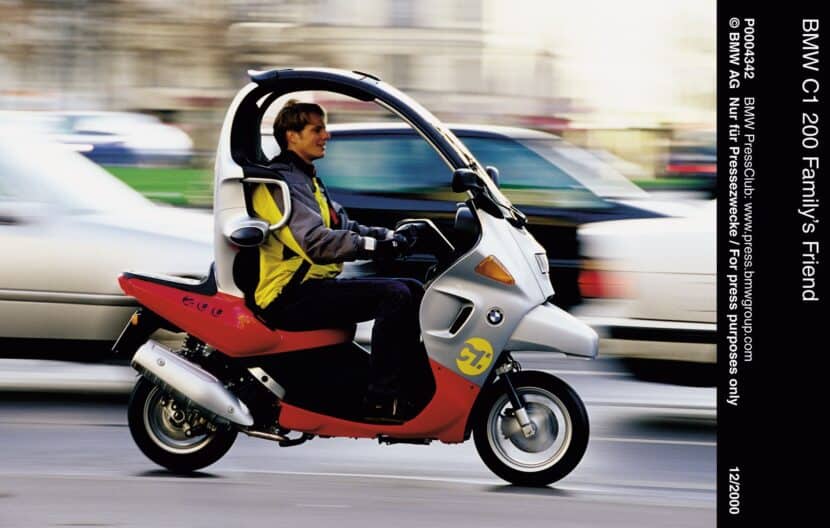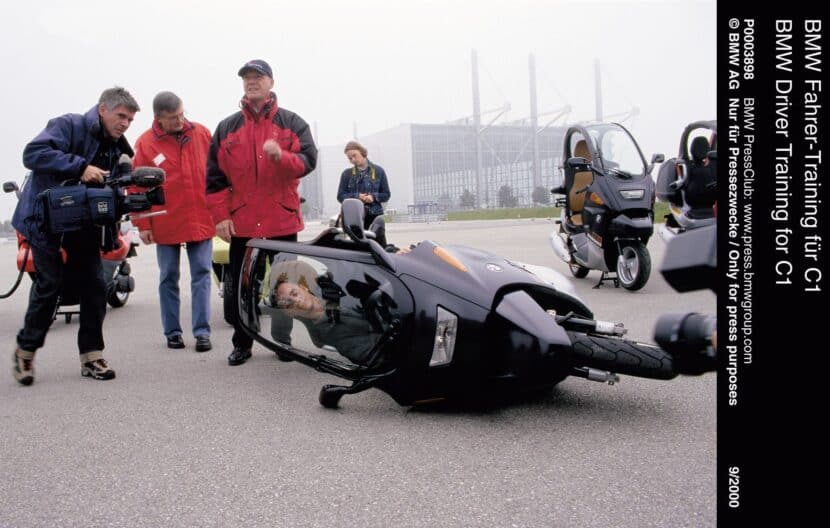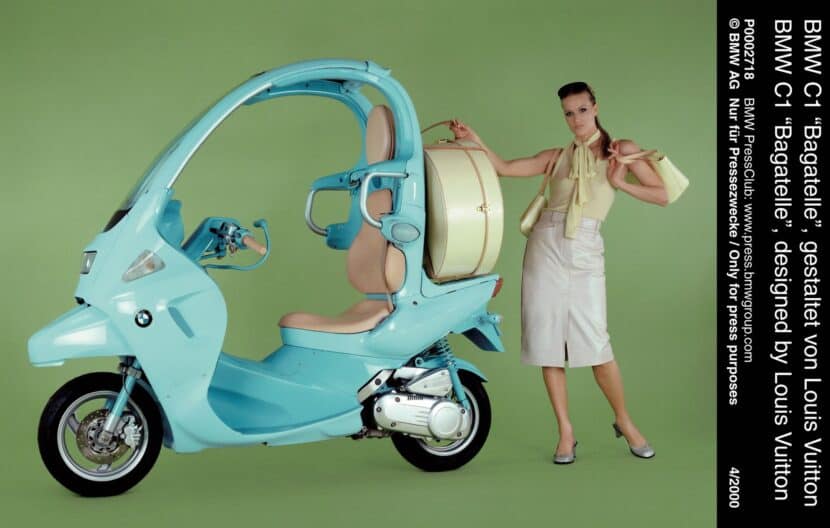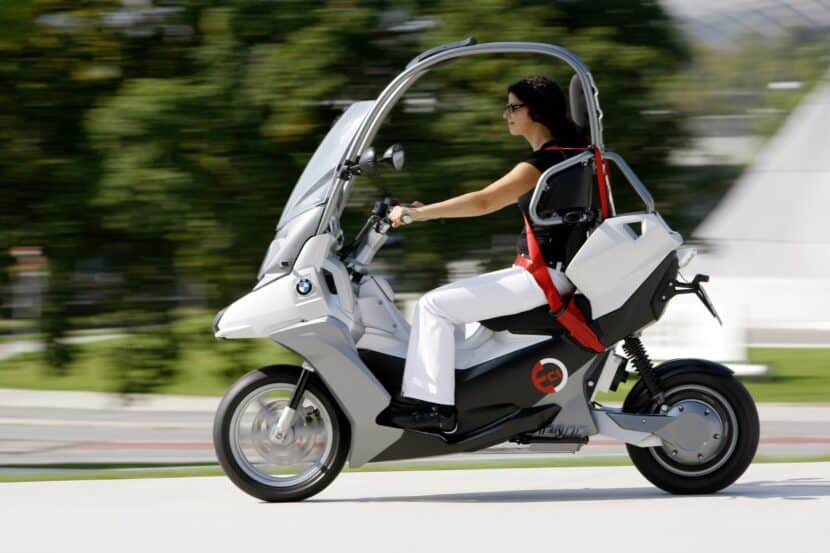
[ad_1]
Within the yr 2000, BMW Motorrad launched an bold venture, the C1 scooter, aimed toward reshaping city transportation. Regardless of the corporate’s excessive hopes, the scooter didn’t catch on commercially. Nevertheless, the rising drawback of city congestion brings into query whether or not the C1’s modern design might see a resurgence in curiosity if its foundational concepts had been revisited at present.
In an interview with MOTORRAD , Markus Flasch, the brand new BMW bike boss, supported such a brand new mannequin – in distinction to a strong electrical bike, a venture that was delayed below his tenure. “For instance, we already had a product with which you can transfer round on two wheels, protected against the wind and climate, and not using a helmet,” Flasch stated of the BMW C1. “That’s one thing that hardly anybody can comply with us on. This has been persistently developed additional. On the subject of electrical drives and concrete, I can undoubtedly think about setting new traits and on the identical time constructing on previous traits.”
What Was The BMW C1?
The C1 was designed to mix some great benefits of totally different modes of transportation. Produced by the Italian producer Bertone, this compact scooter was tailor-made for navigating metropolis streets, providing the maneuverability and gas effectivity typical of scooters however with vital drawbacks reminiscent of publicity to climate and better threat of harm in accidents, frequent points when evaluating scooters to vehicles.
The BMW C1 sought to mitigate these drawbacks with its distinctive design, that includes {a partially} enclosed cabin with a roof, providing riders safety from unhealthy climate and enhancing security, distinguishing it from conventional scooters. It boasted security options similar to these of a European compact automotive in frontal collisions, together with a entrance crumple zone, an aluminum roll cage, and a racing-style seat belt. These improvements had been so efficient that BMW lobbied for C1 riders to be exempt from carrying helmets in a number of international locations, a request that was met with combined responses.
Although initially meant to be launched in america, BMW in the end determined in opposition to it, deeming the scooter inconsistent with its model picture and positioning inside the American market. The C1’s launch was met with curiosity and curiosity, because it provided a novel compromise between the protection and luxury of a automotive and the compactness and agility of a motorbike, significantly interesting in congested city settings. Nevertheless, the scooter’s comparatively excessive worth level, typically exceeding 10,000 DM, contributed to its industrial wrestle, main BMW to stop manufacturing in 2003 after manufacturing simply over 33,000 models.
BMW C1-E Idea
Regardless of the lukewarm reception to the primary iteration, the idea of the C1 continued to carry enchantment for BMW Motorrad. In 2009, the corporate unveiled the C1-E, an idea scooter based mostly on the unique however powered by a lithium-ion battery as a substitute of a gasoline engine, signaling ongoing curiosity within the C1’s idea. This idea was a transparent indicator of BMW’s curiosity in electrical mobility, that includes electrical know-how sourced from Vectrix on account of BMW’s personal electrical platform being in its nascent levels on the time.
Within the interview with MOTTORAD On-line, BMW Motorrad boss Markus Flasch didn’t make any particular bulletins on this matter. It’s due to this fact unclear whether or not a brand new, electrically powered scooter with a roof from BMW will truly go into collection manufacturing. If that’s the case, the deliberate date for the market launch is as unknown because the mannequin title. [Source: Motorrad Online]
[ad_2]



